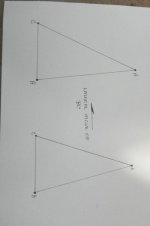MilGunsmith
Member
Is there any difference between the accuracy of a sliding v-block rail and a bearing block (Thompson Bearing on shafts) design? Is it just the cost of parts? We are using a rail gun built with Thompson Bearings for ammo testing at work and want to know if that is the best solution.


